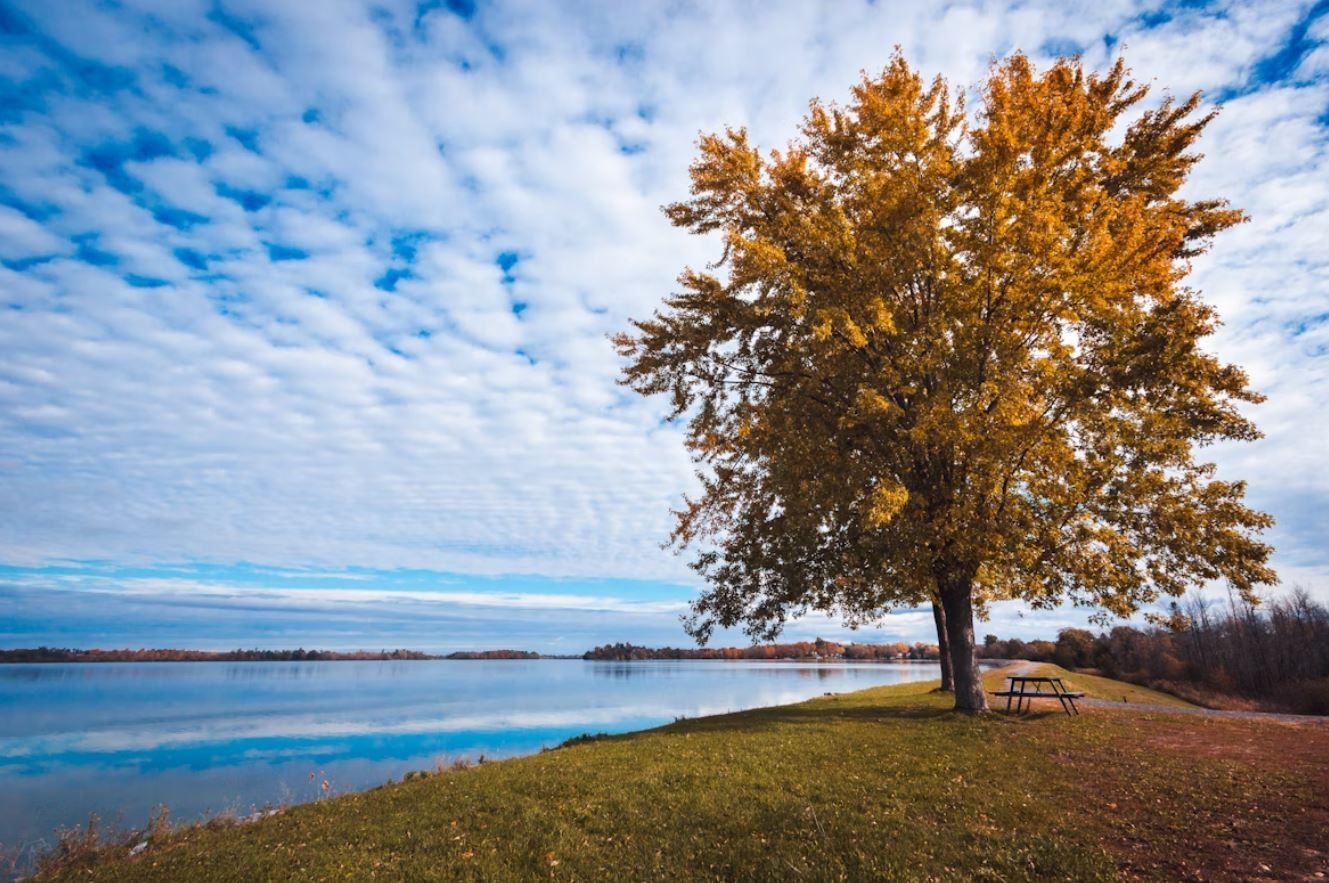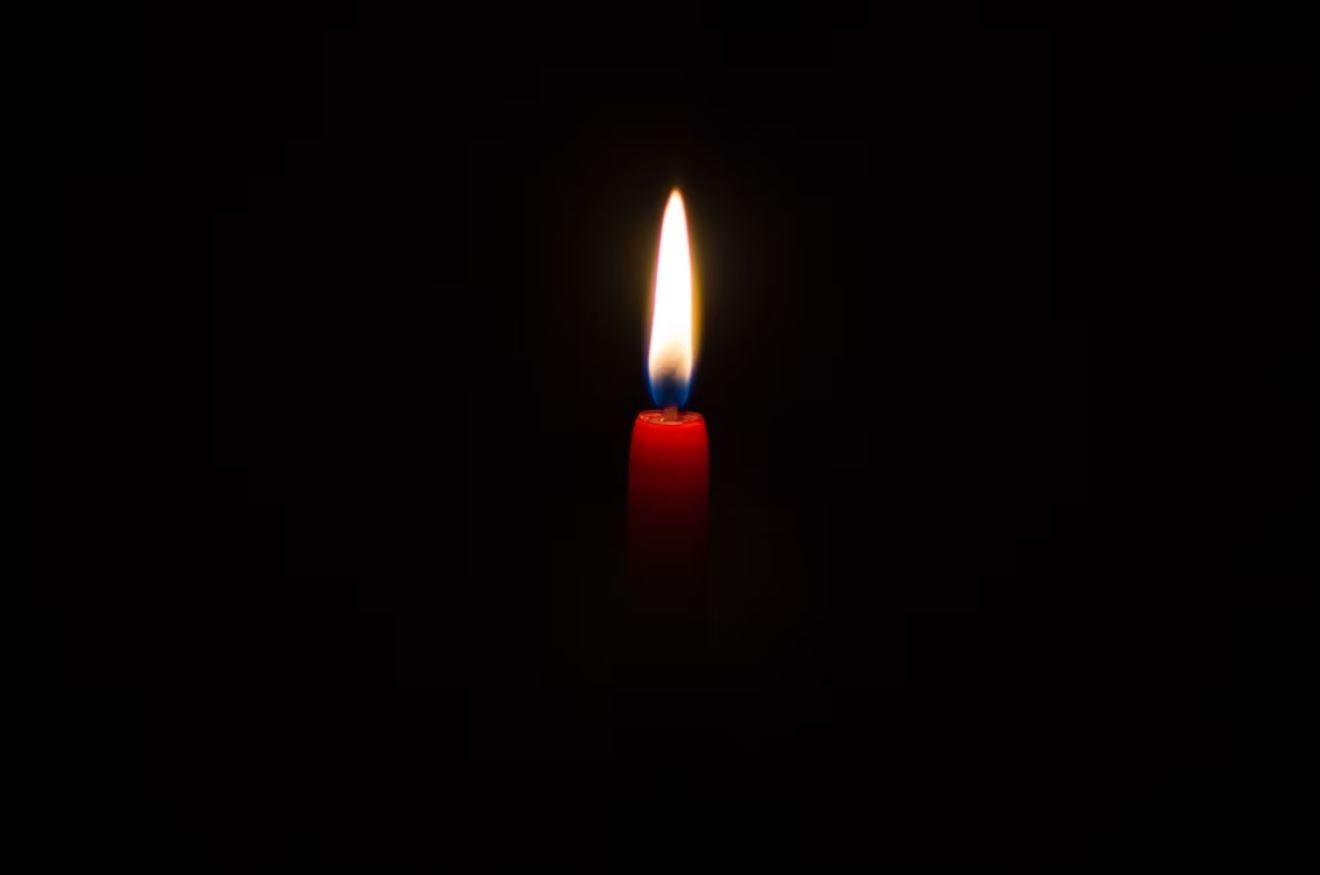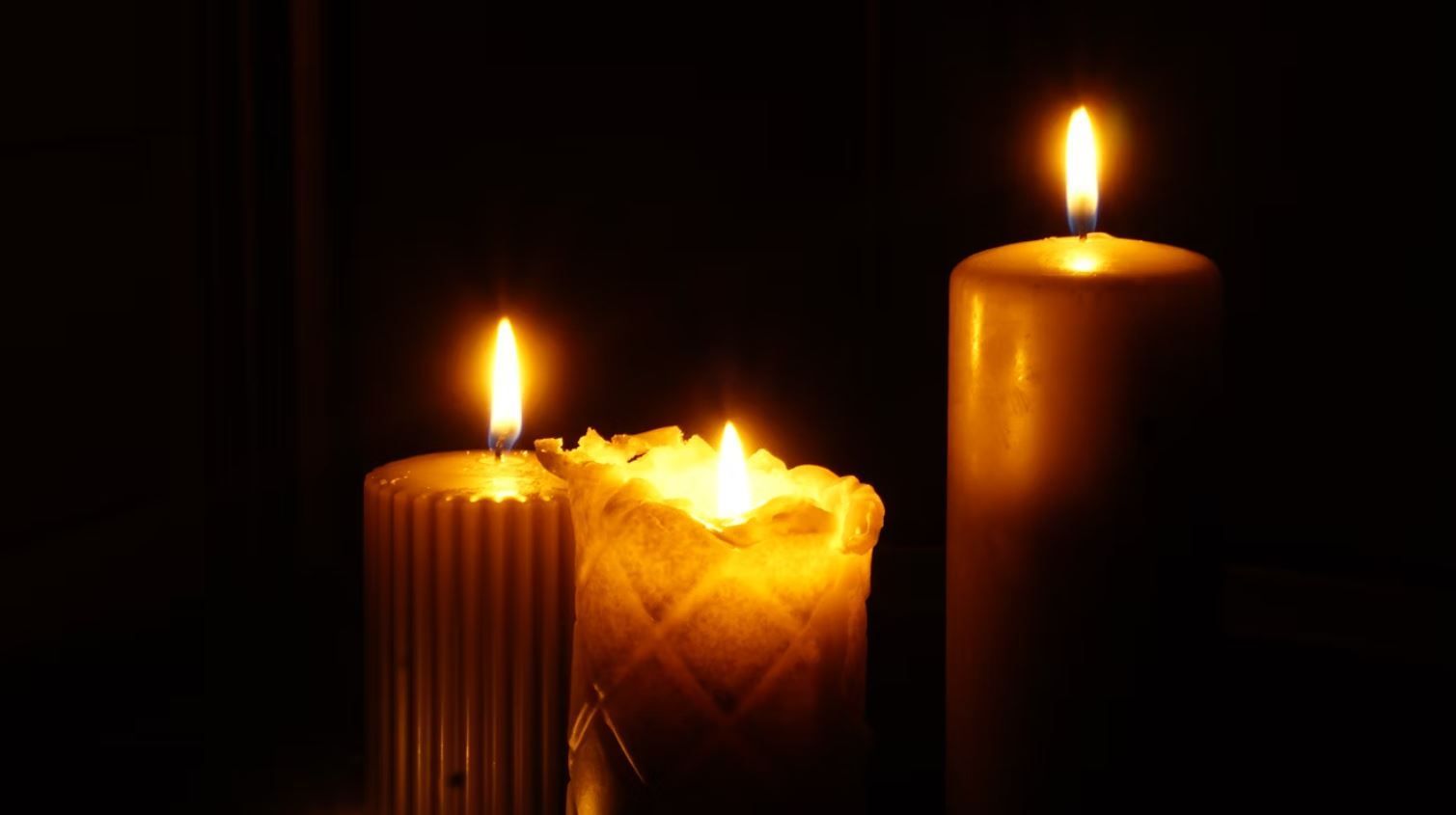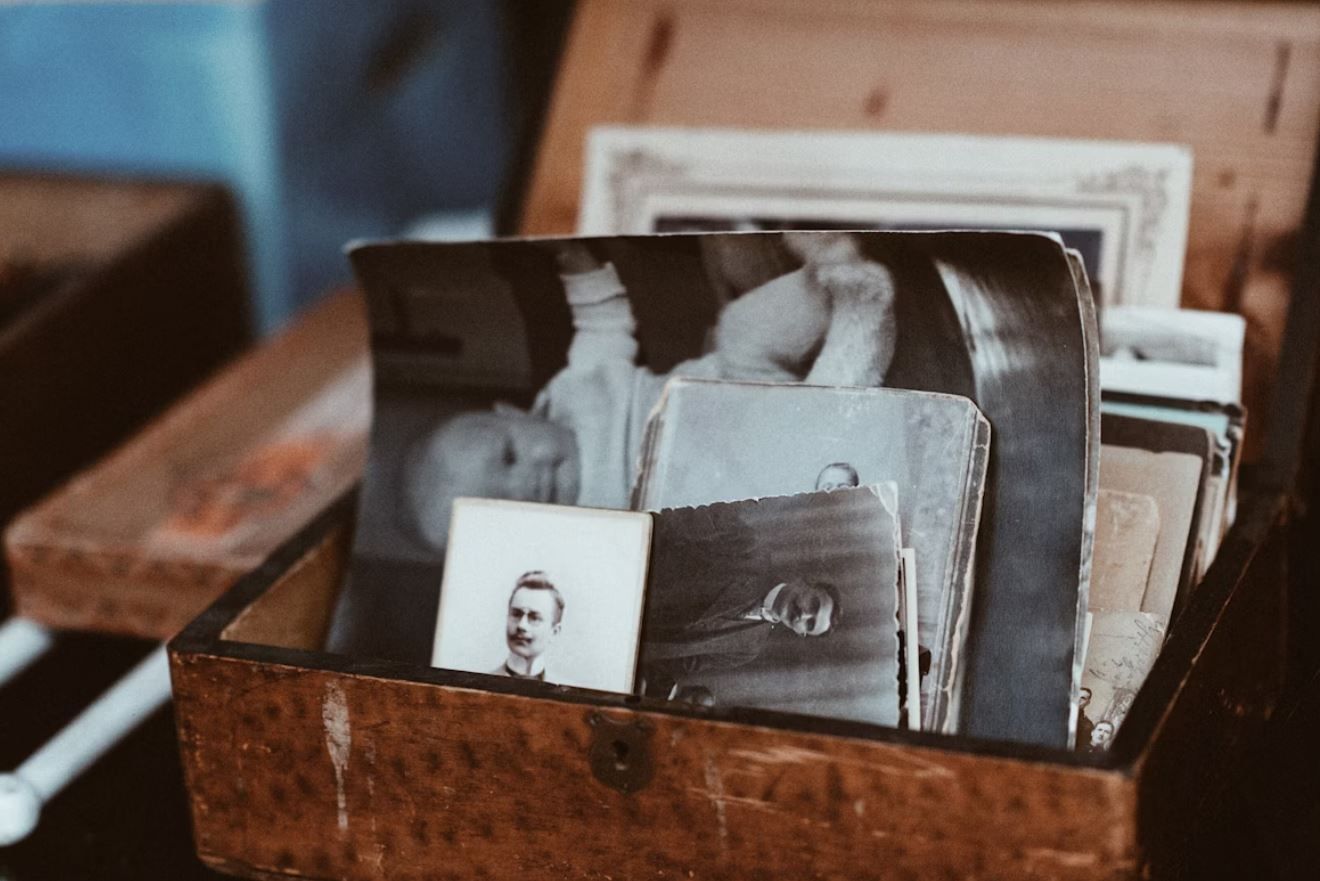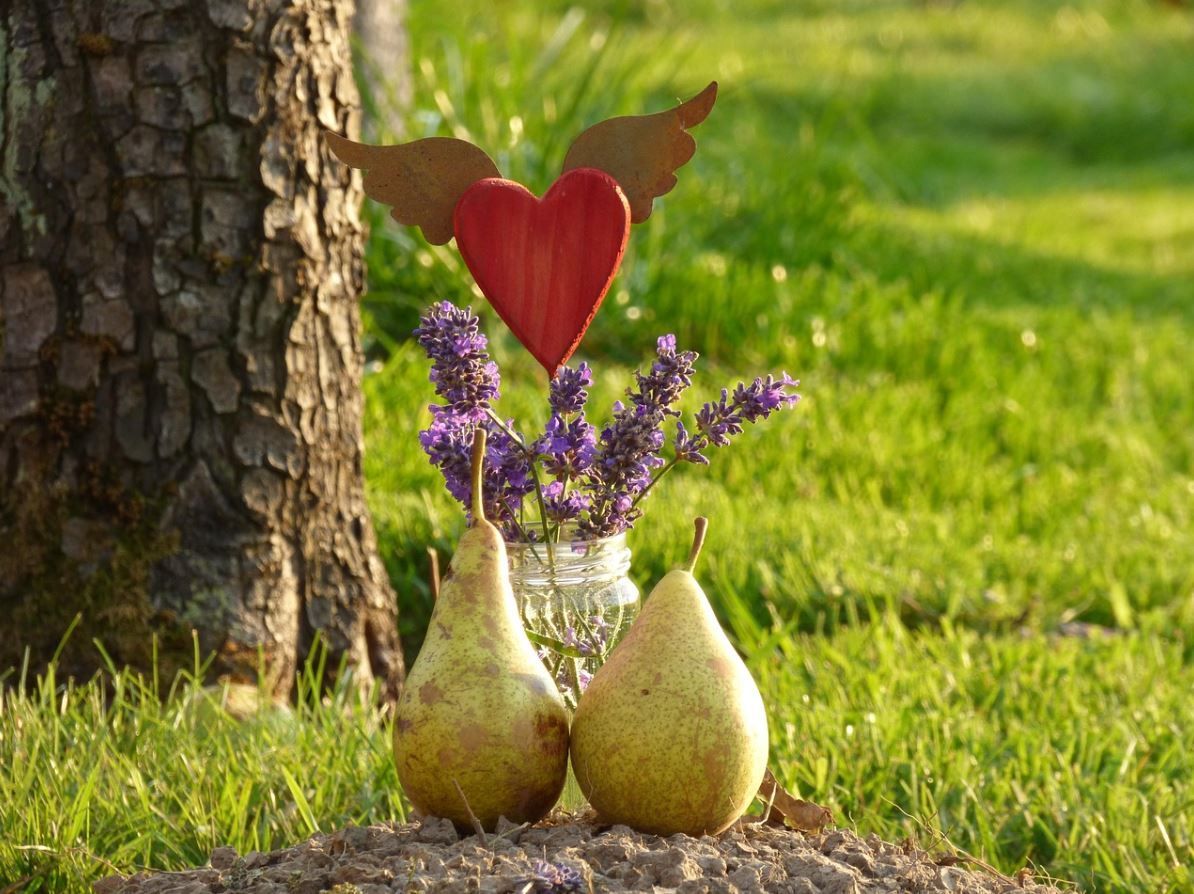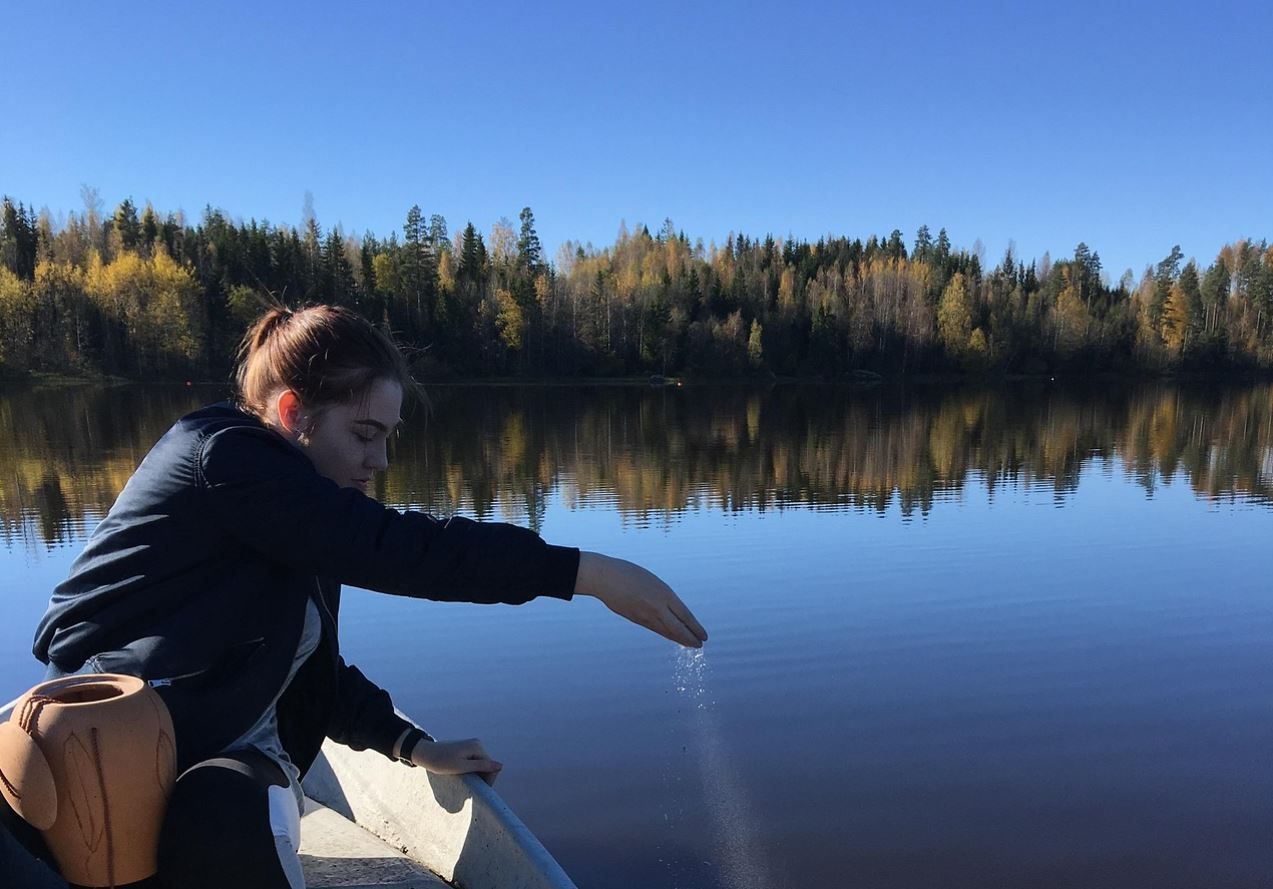Cremains: What Is It and Key Facts to Know
Cremains is commonly used to describe what remains after the cremation process. Did you also know it’s a portmanteau? Check out more facts about cremains.
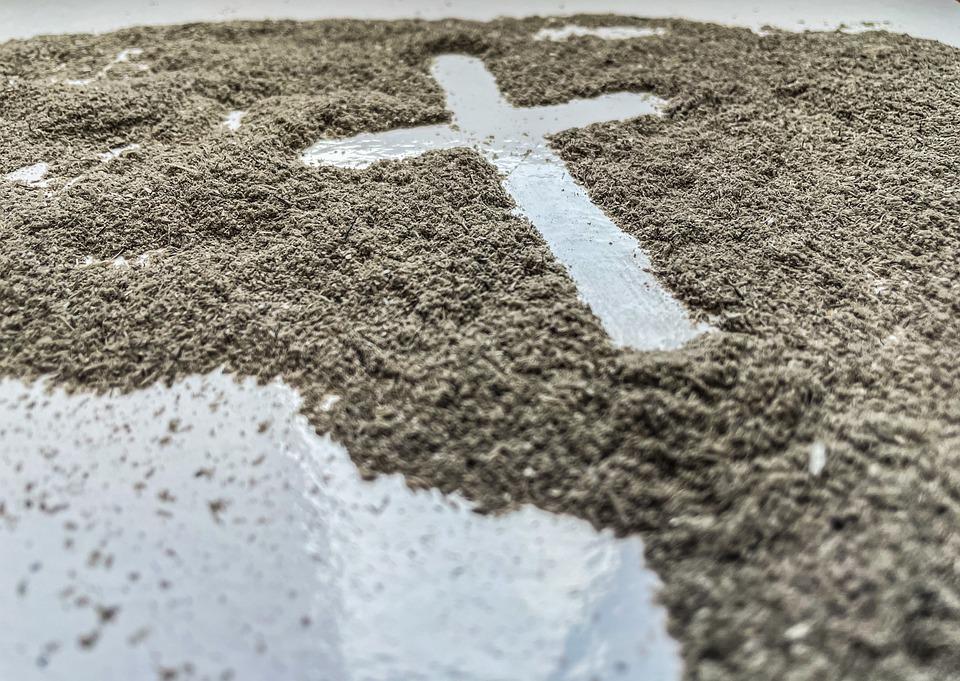
Cremains is a word you’ve probably seen when researching cremation services in Scarborough, ME. Simply put, cremains are the bone fragments that remain after the cremation process.
The word itself “cremains” is a portmanteau, i.e., the result of blending two words “cremated” and “remains.” Another word for cremains is ashes, but as we will learn below, cremains are technically not ashes.
Cremains primarily consist of bone matter
Cremains, or cremated remains, are far from being ashes, as we know them from burnt paper or wood. They are mostly dry calcium phosphates with minor minerals like potassium and sodium, also known as bone matter.
The “ashes’ comes from how the bone fragment is processed after the incineration. The dry bone fragments are removed from the cremation chamber and placed in a high-speed blender called a Cremulator.
The blender crushes the fragments into a fine sand texture and pasty white or gray color. The appearance of the smoothened bone fragments is part of why cremains are also called ashes.
An average cremated remains weighs five pounds
The average adult cremains is 5.3 lbs or 2.4 kg. However, men generally have denser bones than women.
As a result, adult males’ cremains weighs, on average, 2.2 pounds higher than that of adult females. Also, young people have denser bones than older people.
The weight comes from a person’s skeletal mass, which is determined by a person’s height and sex. Also, remains represent 3.5% of the original adult body mass and 2.5.% in children.
An easy way to determine what a person’s cremains will weigh is to expect less than their body weight in cubic inches. If a person weighs 200 pounds, their cremains will be less than 200 cubic inches.
It takes more than 1600° F to create cremains
The final result of cremation comes from a high heat process. To get the bone fragments that makeup cremains, the body goes into an industrial furnace that generates temperatures between 1600° F and 1800° F.
The furnace could be powered by coal, oil, natural gas, or propane and the body has to be inside a combustible container or coffin.
The entire process varies from body to body. Still, it takes an average of 90 minutes to turn an adult body into cremains.
Cremains are alkaline
Contrary to what many people might expect, cremains is not toxic. They mostly contain phosphates, which is a fertilizer. This also makes them alkaline, i.e., they have a high PH.
They also contain 1% sodium, which is also harmless. In theory, too many cremated remains in one area can harm the soil. However, most people keep them in an urn or scatter them, and they have little impact when thinly spread.
The inherent safety of cremains means there are many things you can do with them to honor your loved one. You can store them in a columbarium niche, bury them in a cemetery plot or scatter them in a memorial garden.
For help planning a ceremony for the cremains, contact us. We assist families in organizing a final farewell to their loved one. You can also call us or visit us here for any of your cremation service needs in Scarborough, ME.



